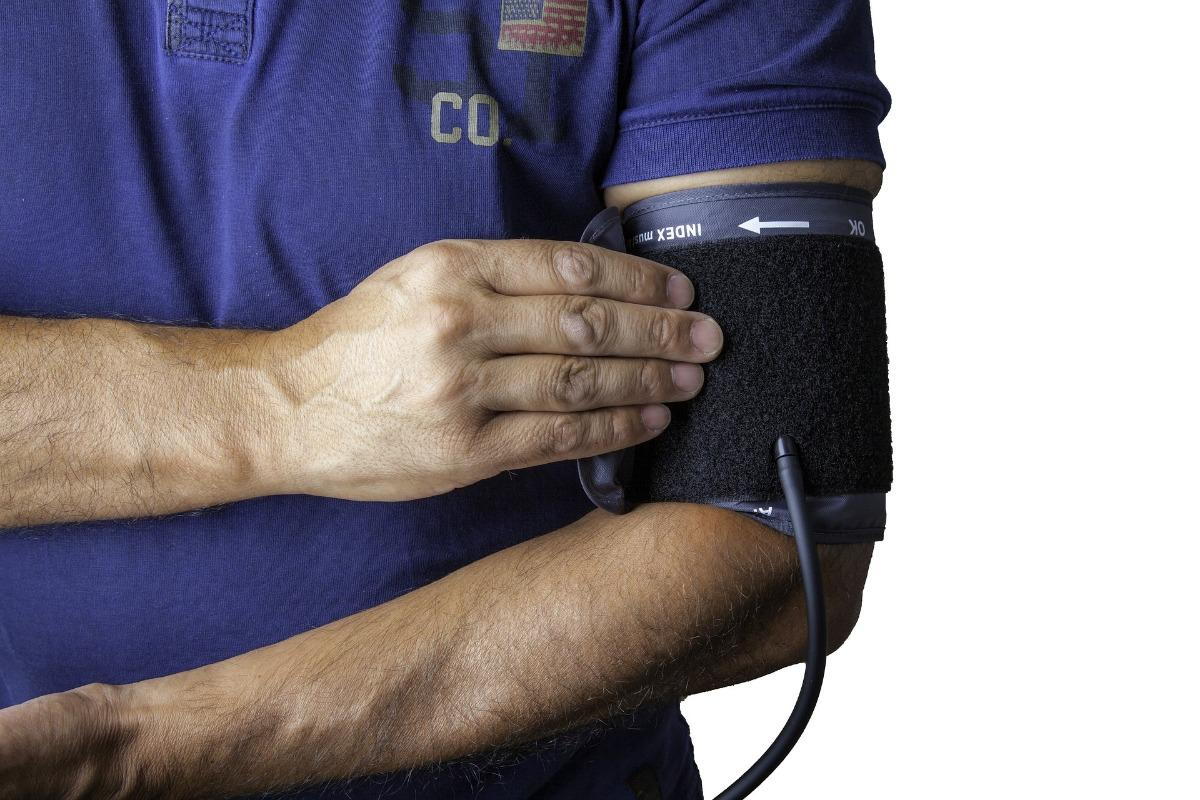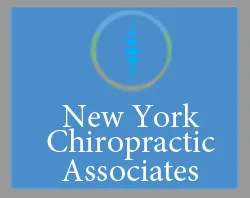
- posted: Dec. 20, 2018
The Truth About Cholesterol And Keeping Your Heart Healthy
Every day, thousands of patients are told that ‘their numbers are too high.’ They’re handed a few prescriptions to ‘control’ their blood pressure, high blood sugar, high cholesterol, and weight and sent on their way. This enables doctors to maximize their daily patient load and to report to their stakeholders — as in, their medical group, investors, drug makers and insurance companies — that your ills are being treated, case closed. Next! Nothing like a steady stream of unquestioning patients to keep profits healthy.
Trouble is, though, for millions of people, knowing their elevated cholesterol, blood pressure, and blood sugar numbers does little to illuminate the root causes of them, nor does it identify what is driving all those numbers up. For the majority of people, the culprit is lifestyle-based, which, interestingly, doesn’t require prescriptions to ‘fix.’ What’s needed is a radically smarter approach — like the one proposed by my friend and colleague Dr. Aseem Malhotra.
A noted cardiologist, health activist, and author of “The Pioppi Diet” and the forthcoming “The Bitter Pill,” Dr. Malhotra’s next-gen thinking on fixing healthcare for the sake of patients, not profits, is shaking up the medical establishment and giving patients, not medical stakeholders, the power to truly take back control of their health.
At the heart of Dr. Malhotra’s approach is his positive, no-nonsense, and intensely rational, science-based approach to the real causes of — and cures for — the modern-day scourges of heart disease, obesity, and diabetes.
Recently, we sat down to discuss his views on what patients need to know in order to create the healthiest heart — and life — possible. Here are a few of the highlights.
1. Cholesterol numbers mean less than you’ve been led to believe
Our approach to good versus bad cholesterol is all wrong.
“It’s a truism in the mainstream medical community that high LDL cholesterol, the ‘bad cholesterol,’ is a major risk factor for heart disease — the higher the number, the higher the risk,” Malhotra says. “But that actually isn’t true. The LDL number in isolation doesn’t mean much.”
The most telling numbers, Malhotra says, involve doing a little math. “To get a handle on cholesterol risk, you need to know the ratio of LDL to HDL, or ‘good cholesterol,’ instead of obsessing about a high LDL number and trying to push it down.”
Though it may come as a shock to some, your body and brain actually need cholesterol to function. So, bombing it with statins — whose side-effects are legion — is for many people a poor trade-off, particularly for those whose LDL numbers are high, but whose LDL-to-HDL ratios are acceptable or even borderline. And Malhotra believes that “the contribution of cholesterol to heart disease and heart attacks — no matter how you look at it — is way overblown.”
2. Lower LDL numbers don’t equal health
For years, we’ve been told about this strong association between cholesterol and heart disease and the need to bring down the numbers.
“One of the cornerstones of this belief came from cherry-picking the research evidence of the decades-long Framingham Study which followed members of a Massachusetts community to try to weight the various risk factors for heart disease,” Malhotra says. Though the study is considered to be one of the best, even William Castelli, one of study’s co-directors, concluded “that unless your number was over 300, LDL by itself essentially had no value for predicting heart disease risk.”
In reality, says Malhotra, very few people have an LDL that high — “yet the thresholds have been getting lower and lower over the years, so much so that even people with an LDL of 200 are told their number is way too high.”
The current medically sanctioned fix? “Drug it down to 150 with statins or other LDL-lowering drugs, even though the meds ultimately don’t have much or any effect on heart attack risk.”
Says Malhotra, “Clearly, it’s time to start challenging the whole cholesterol hypothesis.”
3. The numbers don’t add up
“When you look at the data in terms of the hierarchy of the important risk factors for heart disease, LDL is not near the top — it’s near the bottom,” says Malhotra. “Yet our whole focus has been on lowering LDL despite William Castelli’s conclusion.”
The medical establishment has also put a huge emphasis on eliminating saturated fat from the diet — another misguided interpretation brought to you by cherry-picked research. Granted, “saturated fat in the diet can raise LDL, but recent studies haven’t shown that it raises heart attack risk,” says Malhotra.
So, one has to wonder: why, then, does the medical establishment continue to push drugs that may not do much to prevent heart attacks, and may trigger side-effects like muscle weakness and sleep and memory problems — and also demonize fat? One thought: follow the money.
4. Your fat fears are profoundly misguided
That focus has created and driven the market for low-fat foods. It has driven this fear of supposedly terrible saturated fat that clogs the arteries — which is completely false — and it has also generated a huge market for statins and other drugs to lower cholesterol. Keep in mind that there are huge financial interests at work here. We’re talking about a multibillion dollar industry that benefits and profits from this fear of LDL cholesterol and the irrational drive to lower it. The marketing campaign has been a lot more successful than the effort to reduce heart disease. What success we have had has more to do with factors like the drop in cigarette consumption.
5. The biggest risk factor for heart attacks and heart disease may shock you
When you look at the best, most up-to-date information we have, it appears that the number-one risk factor isn’t cholesterol — it’s something called insulin resistance. Insulin resistance refers to the body becoming resistant to the hormone insulin. It’s the precursor to diabetes, it’s responsible for at least 50 percent of cases of high blood pressure, and it’s the number-one risk factor for heart attack. These days, most people admitted with heart attacks have some degree of insulin resistance.
6. So, how do you fight back?
There’s never been an effective drug to deal very effectively with insulin resistance. What works best is simple lifestyle changes, and the number-one change is a healthy diet that’s low in sugar and processed carbohydrates. Getting rid of the processed carbohydrates in your diet is the most effective way to lower both blood sugar and insulin levels. Exercise is important as well, but I would say that simple moderate activity, like walking for 30 minutes a day, should do the trick. You don’t necessarily have to join a gym and spend hours and hours working out. The key is really not to be sedentary: keep moving, get a good night’s sleep, go for regular chiropractic spinal adjustments to correct or minimize spinal subluxations, and be mindful about too much stress. Target all these aspects of your lifestyle, diet, exercise,spinal stress — at the same time if you can — and you’ll improve all your health markers like blood sugar, blood pressure, and yes, even cholesterol.
7. You can turn everything around quickly, without drugs
Yes. You can do it!
Says Malhotra, “For me, changing the narrative of lifestyle is about sending the message that you can change your health markers for the better, and the changes can be pretty rapid. Major improvements can take days, not months or years,
Wishing all our patients and friends a healthy and happy holiday season and peaceful New Year!
